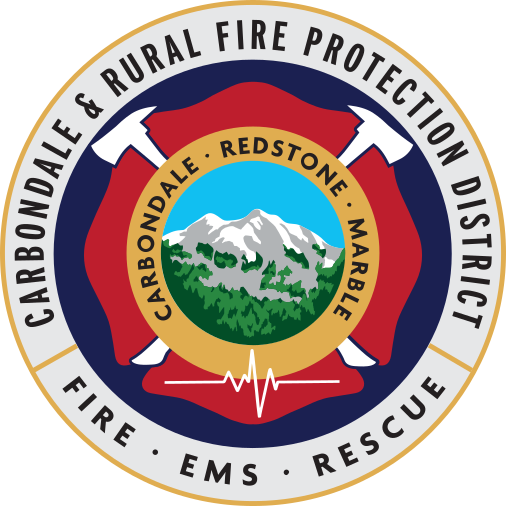CO Detectors + Daylight Savings Time
By admin Published October 29, 2020

As the weather is getting colder and the days are getting shorter, most of us are preparing to hunker in for the winter. That means more meals cooking in the oven, turning on our fireplaces, and heating up our wood stoves. We’d like to remind you of the potential for carbon monoxide poisoning and how important it is to have a working CO detector in your homes.
What is Carbon Monoxide and where does it come from?
Carbon Monoxide is a colorless, odorless, and tasteless poisonous gas that can be fatal when inhaled as it inhibits the blood’s capacity to carry oxygen. CO can be produced when fuels such as gasoline, propane, natural gas, oil, or wood are burning. Since CO is the product of incomplete combustion, if you have fire, you have carbon monoxide.
What does a CO detector do?
A CO detector is a safety device that can alert homeowners of a carbon monoxide leak and help them to escape a potentially life-threatening situation, like carbon monoxide poisoning. The detectors sound an alarm when they sense a certain amount of carbon monoxide over time. Once the alarm on your detector sounds, it must be in a carbon monoxide-free environment to silence the siren. Depending on the level of the CO in your home, the alarm can be triggered within minutes or within hours. It’s important to act quickly when an alarm sounds because low doses over long periods can be as dangerous as sudden exposure to CO in high doses.
Why is it important to have one?
Carbon monoxide is poisonous and can be fatal when inhaled, so it’s important to have a detector in your home. Carbon monoxide can come from your furnace, gas range/stove, space heaters, water heaters, generators, and wood-burning stoves so having a working detector should be a top priority for the safety of your home. Initial symptoms of carbon monoxide poisoning are similar to the flu without a fever and can include dizziness, severe headaches, nausea, sleepiness, and disorientation. A CO detector can help to notify you of a carbon monoxide leak in time to avoid poisoning.
Where is the best place to install one?
If your home only has one CO Detector, it should be installed in the main bedroom or in the hallway outside of the sleeping area. Ideally, an alarm should be installed on every level of the home and in the sleeping areas. We recommend placing the alarms at least 15 feet away from fuel-burning appliances and make sure that nothing is covering or obstructing the unit. We encourage you to refrain from placing the unit in dead air spaces or next to a window or door.
CO Detector Maintenance
It’s always a good idea to test all alarms in your house to make sure they are adequately working. In terms of your CO detector, we recommend testing it once a month by using the button on the front of the alarm. Check your devices’ instruction manual for how often you should be replacing the batters and if you have a wired sensor, make sure both power sources are working. We also recommend replacing the sensor every few years as they don’t last forever.
In need of a CO Detector? Carbondale Fire Department will set you up!
We always strive to ensure the safety of our community and want to provide the necessary resources for safety. If anyone in the community is in need of a CO detector for their home, give us a call so we can get one to you. We want our community to feel safe and to take advantage of the resources we are able to offer. As always, if you have any questions or would like to pick up a detector from us, please reach out!
Don’t forget to change your smoke and carbon monoxide detector batteries this weekend when you roll your clocks back! Daylight savings time is this Sunday, November 1st.
